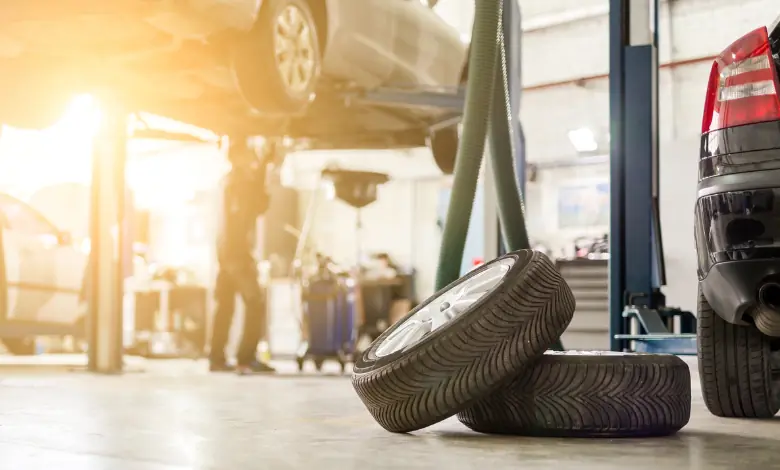Car Maintenance – A Beginner’s Guide

If you have recently passed your driving test with flying colours, congrats from the team; not everyone passes first time around and now that you’ve reached this milestone in your life, your thoughts will be turning to buying your first set of wheels. Whether new or second-hand, every vehicle requires essential maintenance, which is carried out according to mileage, rather than time.
Engine maintenance
There are options for a car power unit, gasoline, diesel or electric, while some cars are hybrid, which is a combination of internal combustion and electric energy.
The following tasks need to be carried out with a gasoline or diesel power unit:
- Replace engine oil and filter – Use the grade of oil that is specified in the owner’s manual; a typical engine oil change should be performed every 5,000 km or thereabouts. Failure to do this could result in serious engine damage and levels can be checked using the small dipstick on the side of the engine. If you are selling a car in Perth, look no further than the online car buyer, who pays cash.
- Check drive belts for wear and tear and correct tension – There are usually 3-4 drive belts that run peripheral components like the water pump and alternator. In the event a belt is worn or damaged, replace it with a genuine part.
- Check engine coolant levels – Make sure the engine is cold before you take off the radiator cap (it is pressurised and can be dangerous when the liquid is hot). Top up when necessary and make sure that the fan belt is correctly tensioned.
Read the owner’s manual from cover to cover – Aside from being a reference guide, reading the owner’s manual will familiarise you with the inner workings of the car. Take note of anything unusual and keep the booklet in the dashboard compartment for easy access. Click here for ways people ruin their car.
- Tyres & brakes – Both are critical; tyres need to be closely inspected, looking for tears and bulges, while there must be adequate tread depth (at least 5mm). Never change a single tyre, unless in a roadside emergency, as tyres should be changed by the pair, or all 4. It is not safe to have better grip on one side of the car, so change in pairs. You should check the brake pads, which you can see when you remove a wheel; good quality brake pads should be changed every 50,000 km, while you need to check the brake fluid level and top up when required.
- Steering/suspension – If the car feels like normal, the shock absorbers are probably working fine; steering should be checked for play and power steering fluid checked for levels.
- Electrics – Check the lights, main beam, sidelights and indicators, test the wipers and washers, while also checking the horn and all gauges.
- Bodywork – Walk around the car, inspecting the underside and the wheel arches, where rust can sometimes be found.
Most drivers book their car with an approved garage and let the professionals work their magic and should you ever decide to sell, you have to transfer ownership on a government website.






